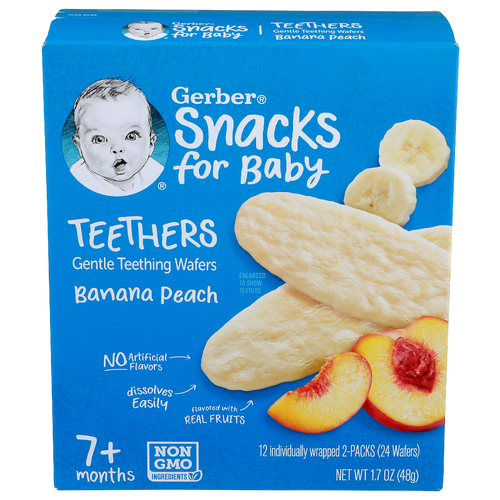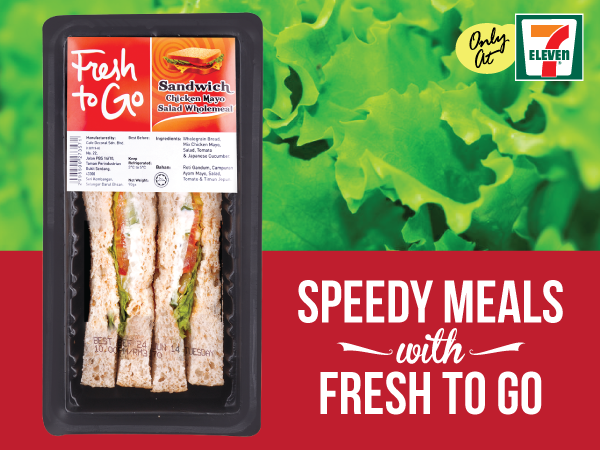Packaging Design Analysis.
Duration: 4 weeks (1 product a week)
Overview: Choose
FOUR (4) products in the market that you believe have poor packaging design. Ensure the product is readily available for purchase.
Product Analysis: Conduct a thorough analysis of the existing packaging design. Identify the specific shortcomings and challenges in
the current packaging. Consider factors such as functionality, aesthetics,
sustainability, target audience, and branding.
Market Research:
Investigate the target market for each product and assess how the current packaging aligns with the expectations and preferences of the target audience.
Competitor Analysis:
Research and analyze the packaging designs of competing products in the same category. Identify trends and best practices in packaging design within this product category.
Product 1: Kuih Chang (Traditional Sticky Rice Dumpling) from E-Commerce Sellers

Packaging Issues:
Many e-commerce sellers use environmentally friendly materials such as paper wrappers or biodegradable packaging. However, these materials often fail to protect the delicate structure of the kuih during delivery. As a result, sellers frequently resort to using plastic vacuum packs or bubble wrap as reinforcement, which contradicts the sustainability message.
Market Misalignment:
Consumers ordering traditional snacks online expect freshness, hygiene, and that the product arrives intact. Packaging that lacks adequate protection leads to damaged goods and a negative unboxing experience.
Competitor Analysis:
In-store retailers tend to use sealed plastic tubs or rigid biodegradable boxes that offer better protection. These alternatives maintain the dumpling’s shape and keep it fresh without compromising the eco-friendly approach.
Key Weaknesses:
-
Poor protection during delivery
-
Inconsistent sustainability claims
-
Lacks strong branding or identity
Product 2: Imported Baby Teething Biscuits

Packaging Issues:
These biscuits often come in multilayered packaging—individual biscuits wrapped in foil, placed inside a plastic pouch, then packed in a cardboard box. While this protects the contents, it creates excessive waste and makes access more difficult for parents.
Market Misalignment:
Parents, especially those with infants and toddlers, typically value ease of access and minimal packaging. Over-packaging not only generates unnecessary waste but also slows down access when feeding a hungry baby.
Competitor Analysis:
Some local brands have moved toward simpler solutions, such as using just a foil pouch inside a single box. This reduces material use while still preserving freshness and hygiene.
Key Weaknesses:
-
Overly complex packaging
-
Poor sustainability performance
-
Inconvenient for the target audience
Product 3: 7-Eleven Pre-Packaged Sandwich (“Scamwich”)

Packaging Issues:
The sandwich packaging has come under criticism for being misleading. Sliced fillings such as chicken are folded and pushed to the front of the sandwich to create the illusion of a fuller product. Once opened, the actual amount of filling is noticeably less than expected.
Market Misalignment:
Customers who buy ready-to-eat meals from convenience stores expect transparency and honesty in packaging. When the product appears different from what’s advertised, it creates distrust and damages brand reputation.
Competitor Analysis:
Other convenience food brands often use clear packaging with windows or transparent lids to show the actual product. This approach builds customer confidence and reflects more accurately what they’re purchasing.
Key Weaknesses:
-
Misleading product presentation
-
Reduced consumer trust
-
Lacks transparency
Product 4: Children’s Snack Packs with Inadequate Labelling

Packaging Issues:
Some snack brands use bright, playful visuals that appeal to children but fail to provide clear and complete product information in Bahasa Malaysia. Ingredient lists, allergen warnings, and nutrition facts are either missing or printed in small, hard-to-read fonts.
Market Misalignment:
Parents and guardians are key decision-makers for these products and expect clear, honest, and accessible information—especially regarding allergens, sugar content, and preservatives. Without this, safety and trust are compromised.
Competitor Analysis:
Leading snack brands ensure their packaging complies with Malaysian labelling regulations. They include multi-language instructions and nutrition facts in a legible format that informs rather than confuses.
Key Weaknesses:
-
Inadequate labelling
-
Non-compliance with regulations
-
Risk of alienating cautious buyers
Summary Comparison
| Product | Packaging Weakness | Audience Misalignment | Better Practices in the Market |
|---|---|---|---|
| Kuih Chang | Inadequate protection during delivery | Online buyers expect freshness, hygiene | Sealed biodegradable tubs or boxes |
| Baby Teething Biscuits | Over-packaged and inconvenient | Parents value simplicity and hygiene | Simplified foil pouches |
| 7-Eleven Sandwich | Misleading presentation of contents | Shoppers expect honest product visuals | Transparent windows showing real fill |
| Children's Snack Packs | Unclear or incomplete labelling | Parents need clear, legible information | Multi-language, regulation-compliant |
Recommendations
-
Kuih Chang: Use rigid, sealable eco-packaging that protects structure and reduces the need for plastic reinforcement.
-
Baby Biscuits: Reduce layers by eliminating outer boxes; retain a single food-safe foil pouch.
-
7-Eleven Sandwich: Redesign with transparent packaging and ensure portioning is clear and honest.
-
Children’s Snacks: Redesign labels to comply fully with Malaysian food labelling standards, including larger fonts and multiple languages.



Comments
Post a Comment